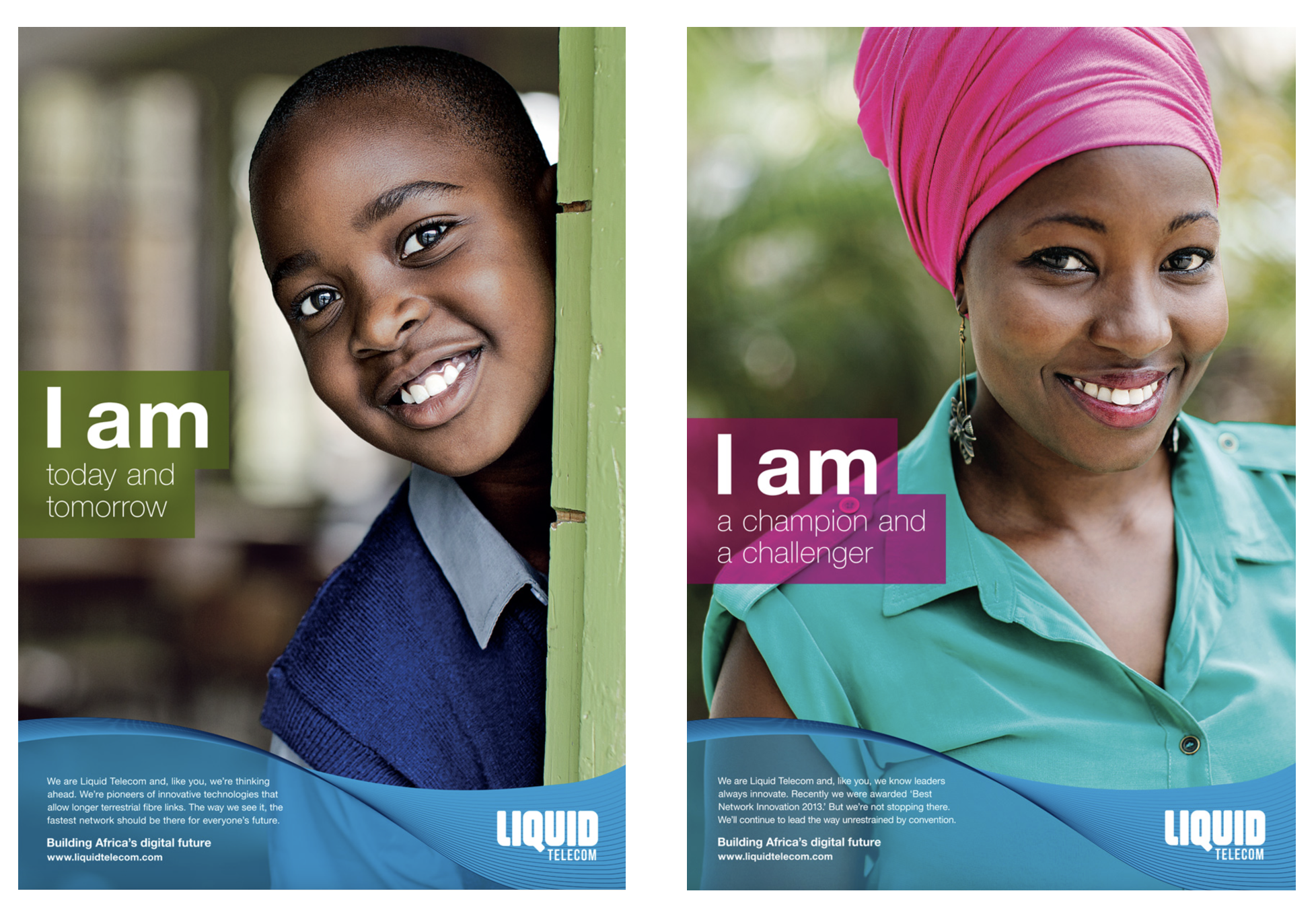I now know that creativity is essential for any company looking to stand out and drive sustainable profitability, and these are some examples of how I’ve tried to use creativity over the years. The link between creativity and financial performance has been clearly established many times over, particularly in complex telecoms and heavy technology where I’ve cut my teeth.
As someone with deep experience in creating multiple campaigns for tech heavy companies like Arq, Liquid Telecom, and PCCW Global, I’ve seen firsthand how great ideas that simplify complexity leads to a stronger brand message and measurable financial success.
Creativity and Financial Success: The Evidence
But it’s not just me, according to a McKinsey & Co (2023) study, companies that apply creativity effectively enjoy more than double the rate of organic revenue growth and total financial returns for stakeholders compared to less creative competitors. This is especially true in the tech sector, where simplifying complex products can be the key to unlocking new customer bases and driving growth.
Similarly, the Cannes Lions Creativity Report (2023) showed that businesses investing in long-term creative campaigns outperformed those relying on short-term tactics, proving that creativity is essential to sustained financial health.
Simplifying Complexity: My Work at Arq
At Arq I was tasked with explaing a highly technical process that extracts valuable hydrocarbons and minerals from industrial waste. The challenge was to make this complex technology understandable and relatable to investors and potential customers. I focused on storytelling, with a narrative that demonstrated the environmental and economic benefits of the process, using clear visuals to show how waste could be transformed into valuable resources. This approach made the technology feel more accessible and also highlighted its real-world impact, driving interest from customers, Universities and government departments.
Humanizing Technology: The Liquid Telecom Campaign
At Liquid Telecom, I led a campaign to communicate the value of their infrastructure in Africa, focusing on how it empowers communities through connectivity. Rather than bogging down the message with technical jargon (and in telecoms acronyms are everywhere) we crafted the "I AM" campaign, using relatable statements like “I AM Progress” and “I AM Future.” These simple yet powerful brand messages humanised Liquid Telecom’s technology and showed how it makes a tangible difference in people’s lives. The creative use of minimal text (who reads the body-copy anyway?) and strong imagery made the complex pan-African infrastructure technology feel personal and relevant to consumers and businesses alike, helping to solidify the re-branded company across key African markets.
Bringing Cybersecurity to Life: The PCCW Global Campaign
And at PCCW Global their cybersecurity products focused on breaking down the complexities of advanced threat detection and protection. The campaign avoided technical jargon and instead used relatable visuals and storytelling to demonstrate how cybersecurity solutions safeguard businesses in a digital world.
Showing real-life scenarios of businesses under threat and how PCCW Global’s technology provides a seamless layer of protection we were able to communicate the importance of cybersecurity in a clear human-centred way.
This is why I believe that creativity is a powerful strategic tool in the B2B technology sector, where simplifying complex products and communicating their real-world impact can make all the difference in customer engagement and financial performance.
My experience with Arq, Liquid Telecom, and PCCW Global demonstrates that crafting relatable stories, using human-centred messaging, and extraordinary visuals can lead to stronger brand positioning and better business outcomes.
Even in a sector where engineering, operations and technical prowess often overshadow marketing resources, creativity bridges the gap. By focusing on the customer experience and making technology accessible, businesses can not only differentiate themselves but also unlock significant financial gains.
References
McKinsey, 2023. Creativity’s Role in Business Growth: A New Era of Innovation.
Cannes Lions Creativity Report, 2023. How Creative Excellence Drives Business Value.
System1 Research, 2023. Emotion and Creativity in Advertising: The Path to Profitability.
Forrester Research, 2022. B2B Companies Using Creativity See Higher Market Share and Retention Rates.


